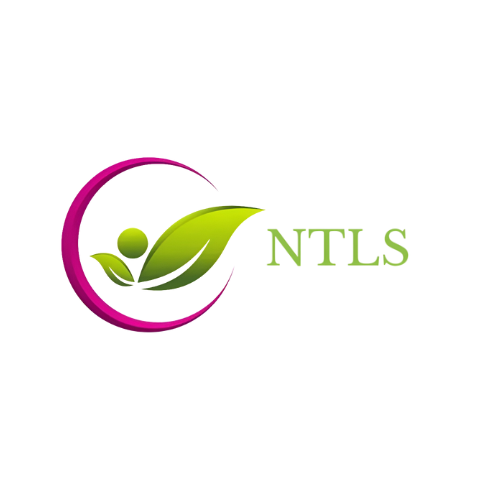Export support: MEA Countries - Middle East & Africa countries
The Middle East and North Africa (MENA) region presents significant opportunities for pharmaceutical companies, with potential for development and lucrative growth. However, navigating the regulatory landscape requires careful consideration of various requirements across different countries.
- Company Registration:
- Middle East Countries
- Separate company submission with specific registration file required
- Some countries (Saudi Arabia, Kuwait, Qatar) accept parallel submission of company and Marketing Authorisation Application (MAA)
- Other countries (UAE, Oman, Bahrain, Jordan, Iraq) require complete company registration before MAA submission
- This process can impact overall registration procedure timelines
- North African Countries
- No separate company registration required for marketing authorisation holder (MAH) or manufacturing site
- Key documents related to manufacturing and batch release sites required during product registration
- Company file review occurs in parallel with product registration, without impacting overall timelines
- Middle East Countries
- Product Registration
- Gulf Cooperation Council (GCC) Countries
- Harmonized drug registration procedures
- Centralized process offers advantages in direct submission, coordinated documentation, and approval
- Most GCC countries now accept eCTD submissions
- Gulf Cooperation Council (GCC) Countries
- Sub-Saharan African Countries
- Progressive improvement in regulatory capacity of National Medicines Regulatory Authorities (NMRAs)
- Enhanced evaluation process and registration of pharmaceutical products
- Sub-Saharan African Countries
Key Considerations:
- Local Representation: Pharmaceutical companies must be represented by a local representative for all business procedures and registration activities in MEA countries.
- Regulatory Requirements: Companies must manage different regulatory requirements and local standards, despite ongoing efforts to simplify and standardize processes.
- Market Potential: The MENA pharmaceutical market is growing, with projections reaching about $60 billion by 2025.
- Harmonization Efforts: Initiatives like the Central Drug Registration system in GCC countries aim to unify regulatory processes and ease market entry for foreign companies.
- Challenges: Poor patent enforcement and aggressive pricing regimes can hinder progress towards global pharmaceutical leadership in the region.
Opportunities:
- Generic Medicines: North African countries encourage local production of generic medicines to reduce healthcare costs and improve access.
- Partnerships: Governments are actively pursuing partnerships with multinational pharmaceutical companies to increase self-sufficiency and drug security.
- Medical Tourism: Emerging as an additional growth driver, particularly in countries like the UAE.
By understanding and adapting to the unique regulatory landscape of the MEA region, pharmaceutical companies can position themselves to capitalize on the growing market opportunities while navigating the complexities of diverse national requirements.
As a solution, we offer:
- Help our clients to expand their business into these relevant and growing markets.
- Assist clients and propose efficient local partners and representatives, to ensure Marketing Authorisation registration from a valid country of origin MA, renewing the MAs and negotiation of prices and reimbursements with certifying bodies;
- Providing regulatory support for the preparation of Marketing Authorisation Applications to be submitted according to the local requirements and expectations, including: Administrative support for CPP, Free sale Certificates, Price Certificates and other documents legalisation.
- Set up an organization with the local partners/representatives to optimize the post- Marketing Authorisation Export regulatory follow-up in order to maintain the Marketing Authorisations in compliance (variations and renewals).
- Ensure the planification and the preparation of variations and renewals dossiers to be submitted according to the local requirements and expectations.
- Follow up if impact on supply chain;
- Revision of product information texts and packaging material artworks such as package leaflet (French, English, Arabic);
- Ensure the Regulatory monitoring for these countries with impact assessment on clients Export business.

Get in Touch
Have questions or need expert guidance on regulatory compliance? We’re here to help! Contact us today to discuss how NTLS can support your business.
